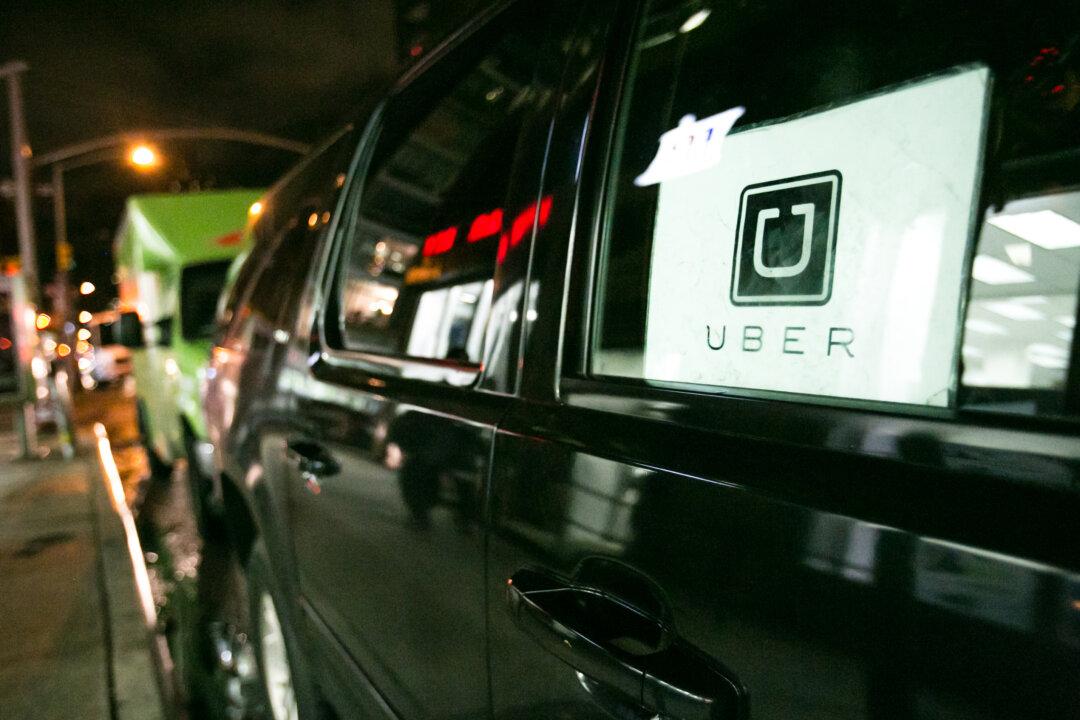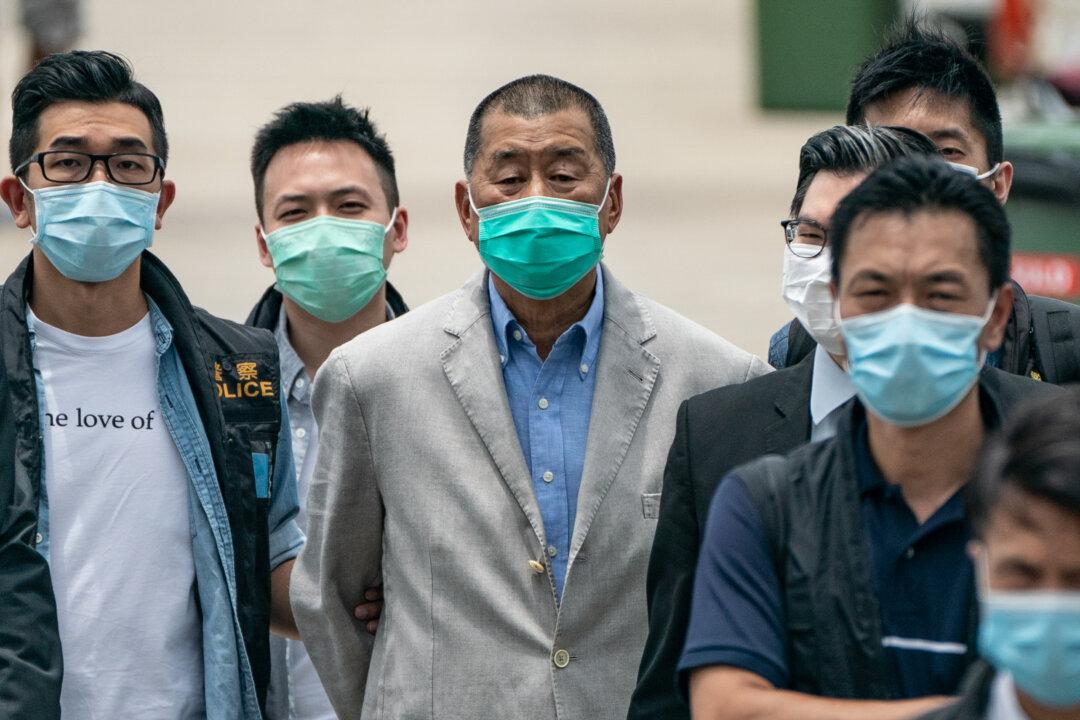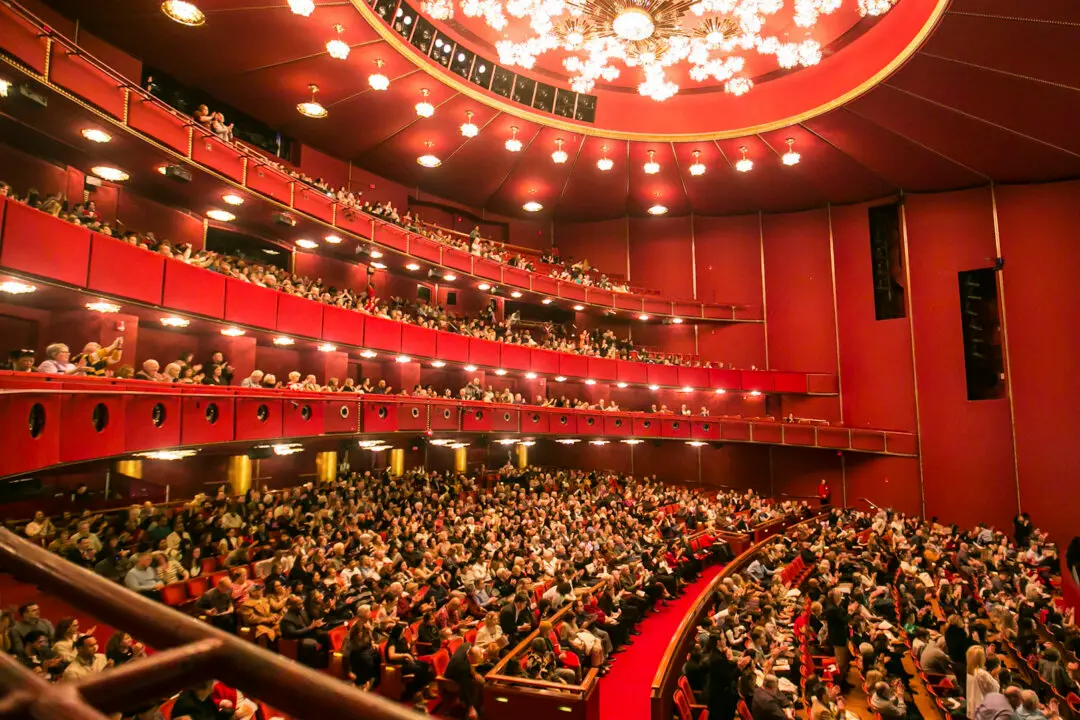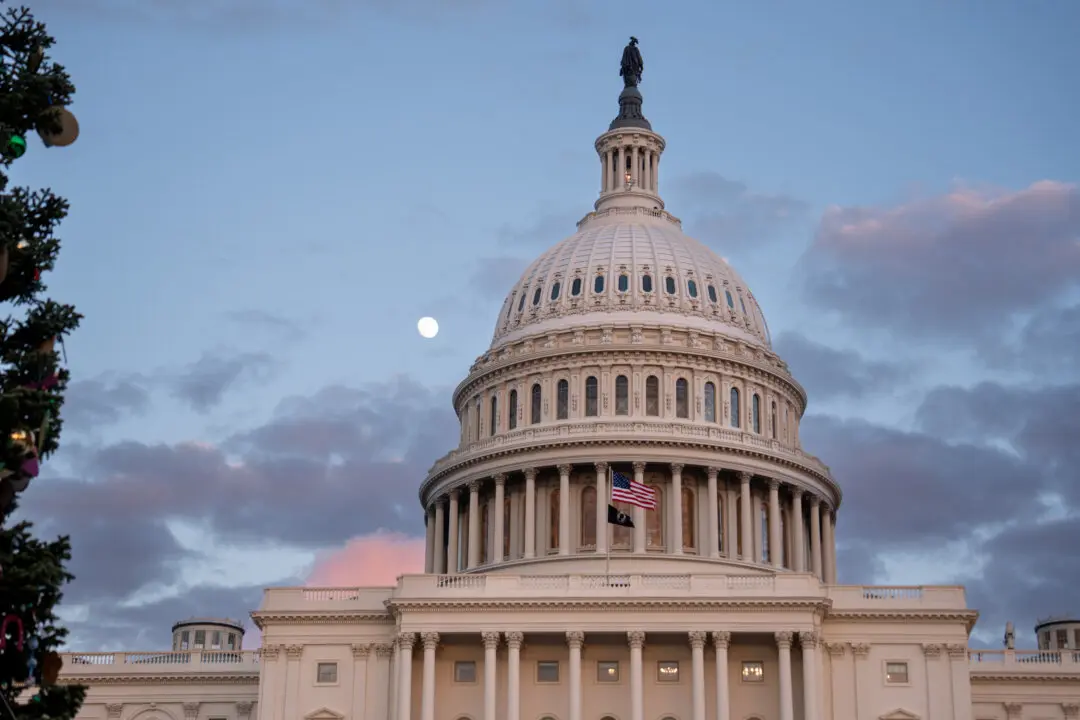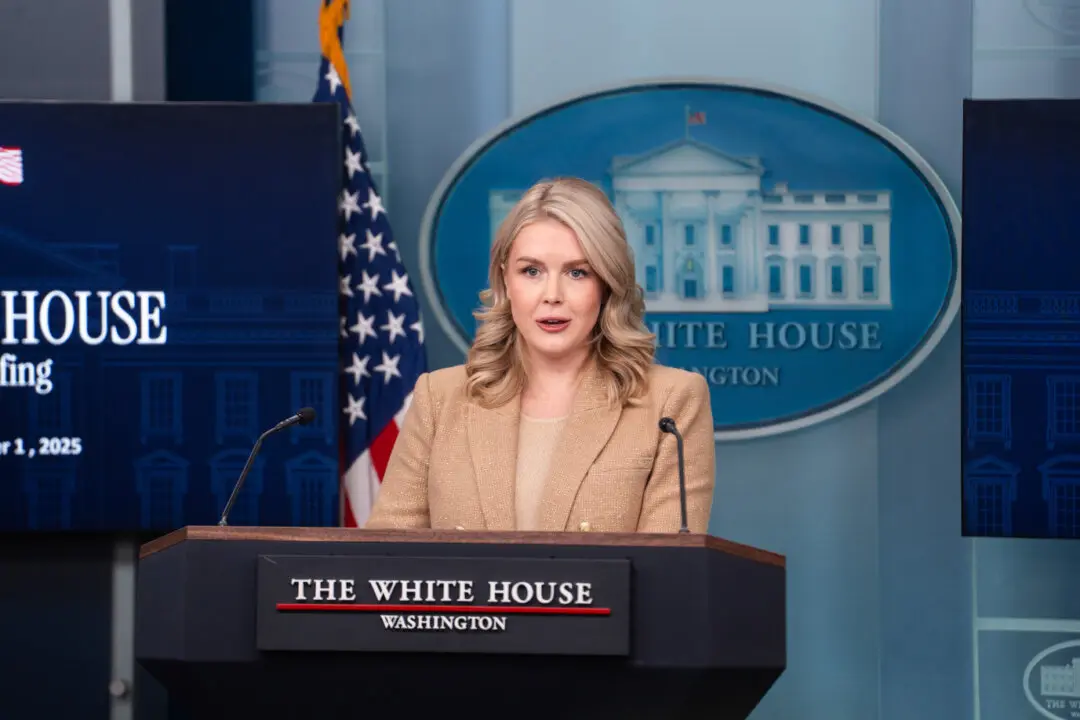Surge (or dynamic) pricing is the practice of raising fares when demand is high and supply is low, and lowering fares when the reverse happens.
Both car service apps Uber and Lyft do this, and in theory it is good for both drivers and riders. It means more drivers will use the apps to pick up customers when demand and prices are high.
The model is also based in choice. If a ride costs many times more than normal, riders can either opt to wait, use a different car service, or decide they will pay the higher rate.
For areas in New York starving for transportation services, the situation is murkier.
The dynamic pricing models are location based. It raises the concern that the prices would be higher in low supply areas, where the rider would not necessarily have the choice to use a yellow cab, subway, or bike instead even if the fare is exorbitant.
Council members say this affects the poorest neighborhoods the most. Uber says this actually brings transportation options to more areas than ever before.
The discussion comes at a time when New York City is determining how to best regulate the rapidly changing car service industry in the face of increasing competition.
New York’s taxi and livery industries have thus far been buoyed by loyal customer bases and extensive regulations from much impact from tech entrants like the $40 billion Uber.
Other cities like San Francisco, Chicago, and Washington have just recently gotten to the point of creating regulation to encompass these types of car services rather than banning them outright.
But with the fall of yellow taxi medallion prices and Uber’s recent purchase of a livery base, the city has put several new rules on the table.
Transportation Gap?
Surge pricing seems to suggest drivers will go where the money is—which is not low-income neighborhoods, said Council member Fernando Cabrera at a wide-ranging hearing on new legislation Monday. Or if they do, the council’s worry is that consumers are being overcharged.
